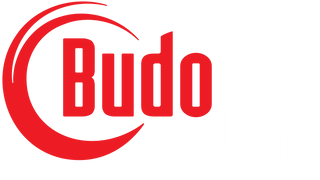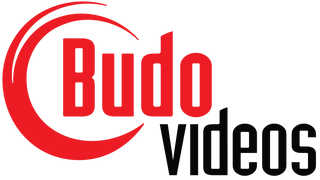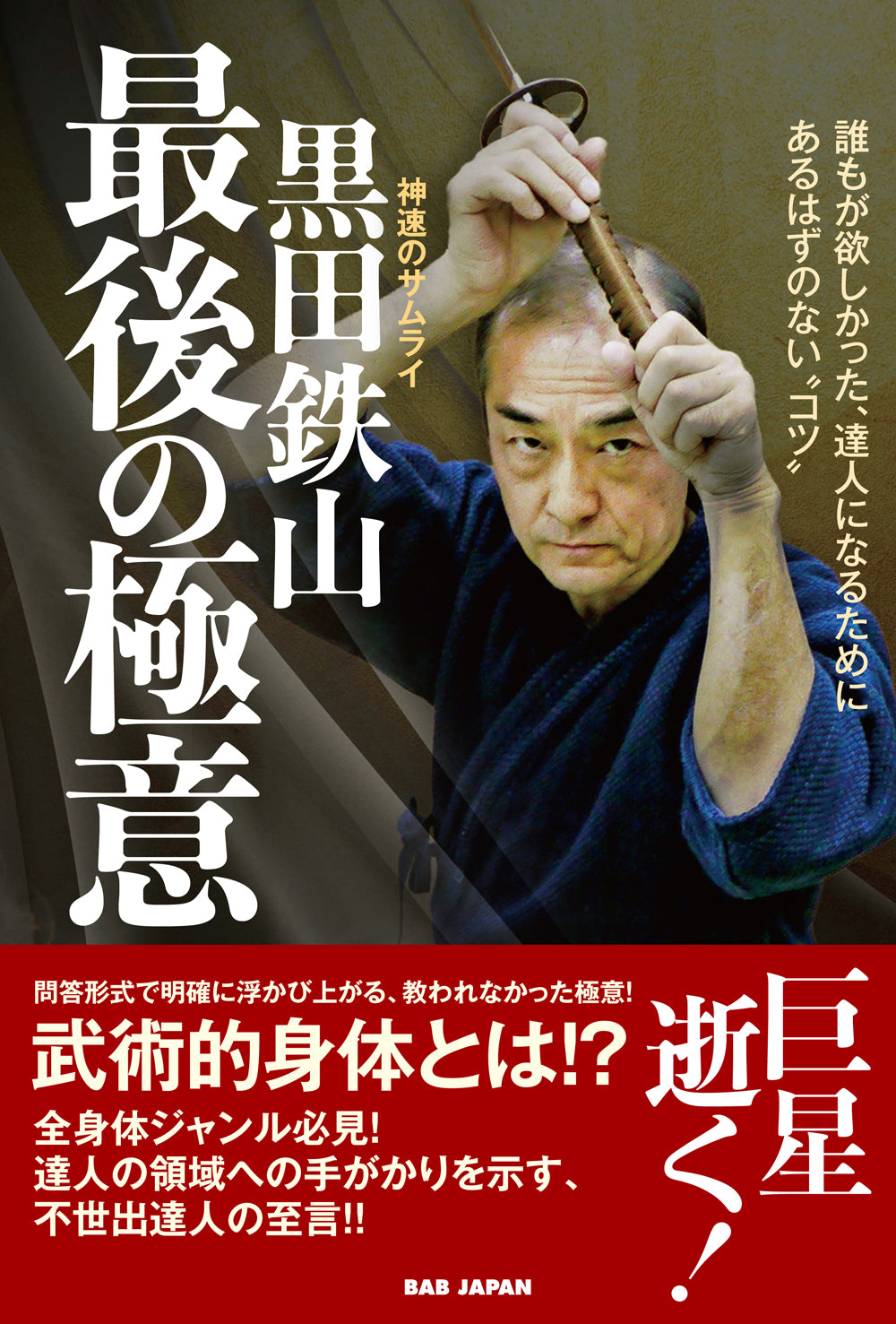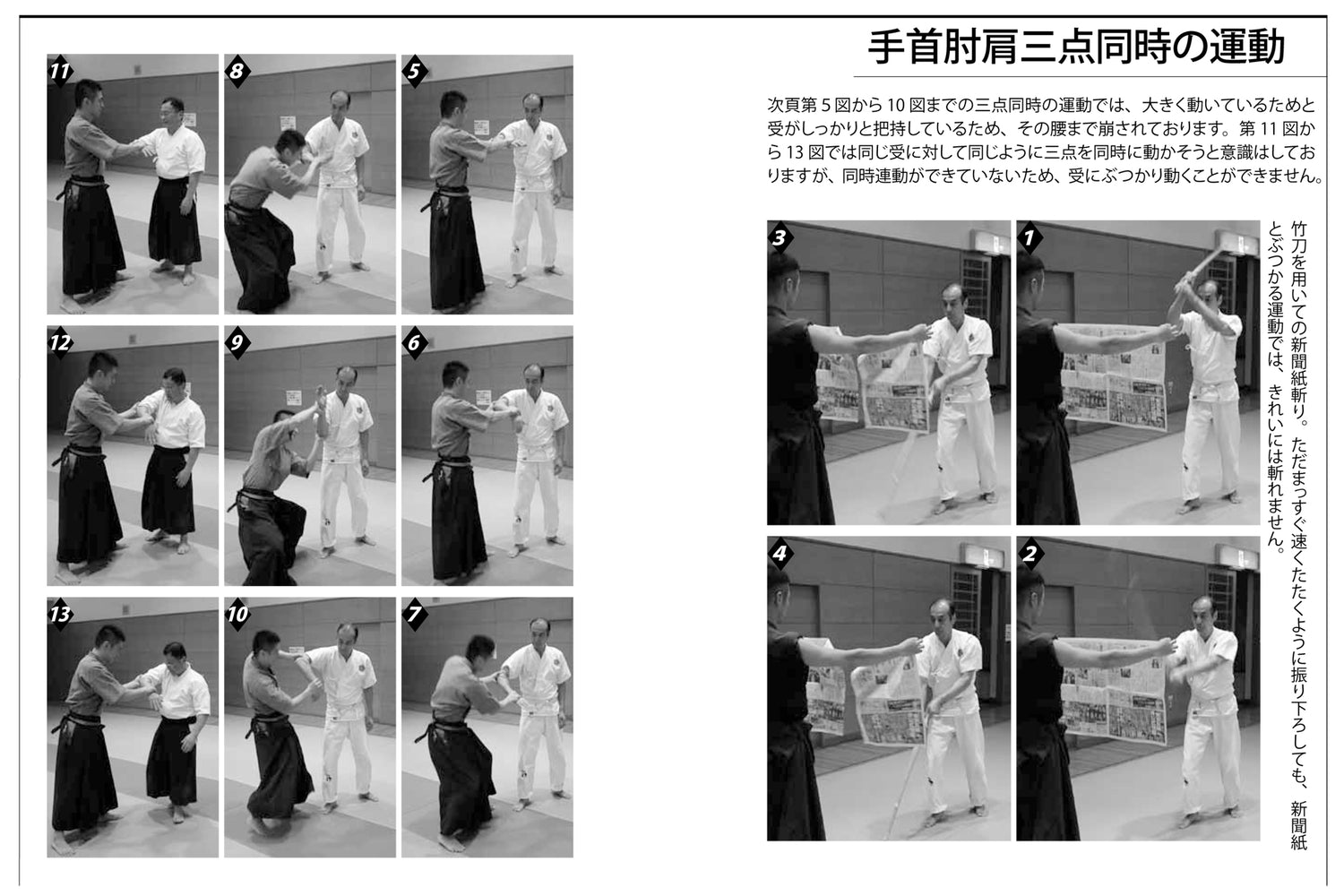My Final Secrets Book by Tetsuzan Kuroda
A Martial Arts Legend Passes Away!
Unveiling the Secrets that Were Never Taught, Through Q&A!
A Must-Read for All Bodywork Enthusiasts! What Is the "Martial Body"?
Discover the Key to Mastery from a True Martial Arts Genius—Timeless Wisdom from an Irreplaceable Master!
This second volume is based on the final series "Ask Tetsuzan" from Hiden magazine, written in real-time as Master Tetsuzan Kuroda continued to evolve up until his passing. The words left behind contain the essence of the teachings that his followers must now strive to understand.
What does it mean to "sense a presence"?
What is "Ukemi" (the floating body)?
What was the ultimate secret the master wanted to convey?
CONTENTS
Chapter 1: What Is "Softness"?
- Can you move softly without having a flexible body?
- How does the unique softness of women affect martial arts?
- Is there a connection between the softness of jujutsu and striking or kicking techniques?
- When did you start focusing on "soft training"?
- What is meant by "soft knees" and "fast knees"? Is there also such a thing as "soft elbows"?
Chapter 2: The Subtlety of "Awareness"
- Do you feel differences in awareness between the left and right during practice?
- You can’t move without using some force. Can changing your awareness make this possible?
- Where should the focus of awareness be during solo practice and partner drills?
- How do you keep motivation high when you get bored with kata practice?
- What are your thoughts on "ki" (vital energy)?
- What is it like to sense an opponent’s presence before they approach? How can you train this skill?
- Can martial arts training develop precognitive abilities?
- Is there a way to discern whether someone has a "central axis" or not?
Chapter 3: The Evolution Process and the Pinnacle of Evolution
- What do you focus on when measuring a student's progress?
- Do you believe that one’s skills won’t diminish even after decades of not practicing?
- What aspects of your past self made you say, "I can't bear to look at my old self"?
- Have you ever felt a decline in agility or strength with age?
- How were you able to continue getting faster even at your age?
- What recent advancements have you made in iai, which you once described as particularly difficult?
Chapter 4: The Depths of the Sword
- What are your thoughts and attachments to the Japanese sword?
- Are the swords you use old? How heavy are they?
- How do you generate strength in the tip of a bamboo or wooden sword?
- What is the correct way to align the cutting edge?
- Can you share details about the decorations on your Sadayoshi swords?
Chapter 5: The Mysteries of the Body
- How should one breathe during "isokinetic" movements?
- You’ve mentioned weight training; do you recommend it to your students?
- What is the condition of the soles of your feet?
- Did you experience more fatigue and muscle pain during training in your youth?
- Is it possible to enjoy and learn from techniques like "floating body" and "no-foot movement" without stressing the knees and hips?
Chapter 6: Secrets of Instruction and Transmission
- What teachings did you receive from your father?
- What is your concept of strictness in training?
- What are the differences between the training of the "older seniors" under Taiji-sensei and the current methods at Shimbukan?
- How do you teach the principle of "complete rejection of force" to overseas students?
- How do you approach teaching difficult or slow-to-learn techniques?
Chapter 7: The Location of Secrets
-
Can you share any oral teachings or secrets regarding fighting multiple opponents?
-
What is the state or form of "Ukemi" (floating body)?
-
How should one execute the technique of "tighten the inside of the hand and strike"?
-
Can you describe the path to mastering the ultimate secret?
-
How do you currently feel about the "no-foot movement"?
-
How should one practice techniques like "lifting the feet without making a sound" on their own?
-
You often say, "Iai is not just about speed," yet your iai is incredibly fast. How do you reconcile this?
Tetsuzan Kuroda (1950–2024)
Born in Saitama Prefecture, Kuroda studied his family’s martial arts under his grandfather, Taiji Tesshin-sai, and his father, Shigeki. He was the head of five martial traditions: Miyami-ryu Iai, Komagawa Kaishin-ryu Kenjutsu, Shishin Takuma-ryu Jujutsu, Tsubaki Kotengu-ryu Bojutsu, and Seitama Koguri-ryu Satsujutsu/Kappojutsu. At Shimbukan Kuroda Dojo, he and his disciples pursued the true movements of martial arts until his passing in March 2024.
Language: Japanese
# of pages: 240
mb-tet8
受け取り可能状況を読み込めませんでした



